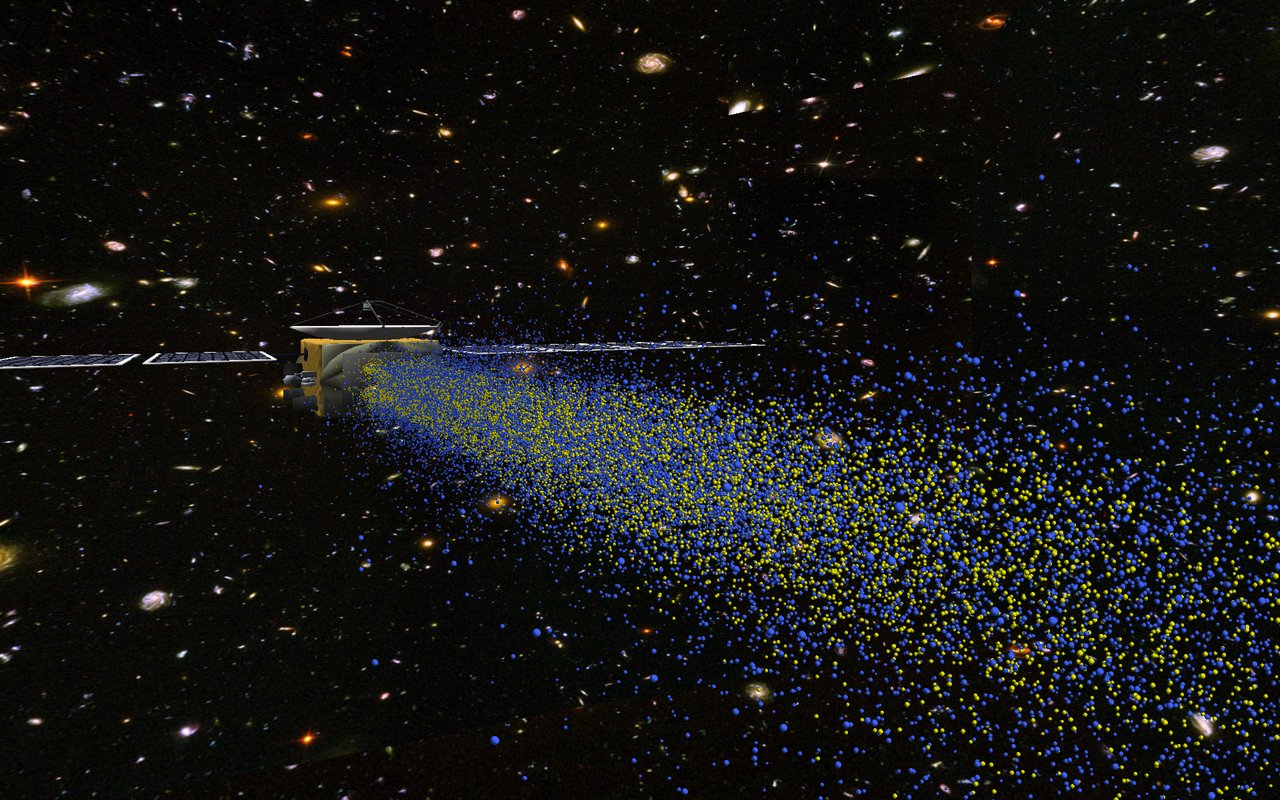Welcome to Usui's research group
In our laboratory, we study the spacecraft-plasma interactions by performing plasma particle simulations with a supercomputer. Spacecraft are immersed in space plasma and spacecraft anomalies are sometimes caused by the influence of the space plasma. Spacecraft charging is the typical phenomenon which takes place on the spacecraft suraface. Differential charging on spaceacraft may cause discharge on the spacecraft surface, which will damage the spaceacrft system. Active plasma emission from spacecraft system such as thruster and electric propulsion also disturb the spacecraft plasma environmnent. In the near future, the power and the voltage which will be used in the next generation spacecraft becomes larger than those of current spacecraft. Then the interaction of spacecraft with the surrounding space plasma becomes a very crucial issue to solve because it is directly related to spacecraft anomaly. However, the spacecraft-plasma interactions are not fully understood at this moment.

Our research approach to the study of spacecraft-plasma environment is computer simulation using electronmagnetic Particle-In-Cell model. Spacecraft-plasma interactions depend not only on the spacecenvironment in which spacecraft is surrounded but also on the spacecraft characteristcs such as the size, shape, and the surface materials. Therefor it is almost impossible to analytically understand the spacecraft-plasma interactions. Instead of using theoretical or analytical methods, we performa large-scale computer simulations in which spacecraft with a size, shape and the surface materials as we desire is put in a three-dimensional space filled with space plasma.
We have also been focusing on the development of advanced plasma simulation code by incorporating adaptive mesh refinement (AMR). AMR technique can provide efficient numerical calculation by adapting fine grids to regions where higher numerical resolution is required. We introduced AMR to our Particle-In-Cell simulation code. We are also interested in effective parallelization of our simulation codes so that we can achieve their high performance computing (HPC) by using Peta-scale supercomputers.

Simulation example of spacecraft-plasma interaction
Spacecraft charging takes place by incoming and outgoing plasma flux at the spacecraft surface. A floating potential of spacecraft is obtained when the net flux at the surface becomes zero. In the figure we demonstrate the spacecraft charging in the auroral plasma environment by performing PIC simulation and plot spatial distribution of electric potential of spacecraft. Because of electron beam which causes aurora in the polar region, spacecraft charging sometimes becomes up to several kilo volts with respect to the background plasma potential. THen differential charging may occur as shown in the figure between the solar panel and the spacecraft conducting body, which may cause discharge on the surface and damage the spacecraft system.
<